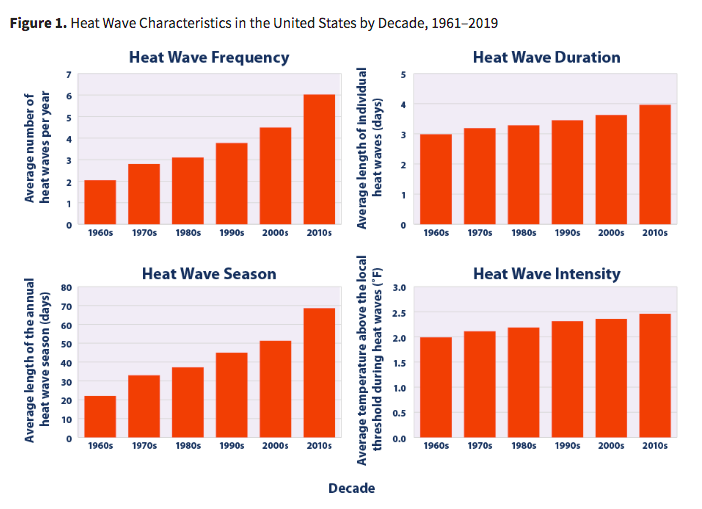How to Beat the Heat with Better Thermal Comfort

07/15/2021
While summer can bring vacations and the luxury of longer days, it is also bringing about more frequent extreme weather events like wildfires and heatwaves— a sobering reminder of the impact of climate change.
According to a NOAA report, the Northern Hemisphere had its warmest summer on record in 2020, surpassing both 2019 and 2016, which were previously tied for hottest. The months of June, July and August were 2.11 degrees F (1.17 degrees C) above the 20th-century average.

Air-conditioning to increase by two-thirds by 2030
The International Energy Agency (IEA) has said that cooling energy demand has more than tripled since 1990 to 8.5 percent of total final global electricity consumption, “making it the fast-growing end use in buildings.”
It is estimated that there are two billion air-conditioning units in operation around the world, a figure that is expected to increase by another two-thirds by 2030 as more people in emerging economies invest in keeping cool. This growth, in turn, is leading to the emergence of fuel poverty where an estimated 1.1 billion people are unable to afford access to cooling.
Heat waves are more than just uncomfortable: they can lead to illness and death, particularly among older adults, the very young, and other vulnerable populations. From 2010 to 2020, there were approximately 12,000 heat-related premature deaths per year in the U.S. In the previous decade 8,081 heat-related deaths were reported in the U.S. A new study shows that 37 percent of global heat-related deaths were attributable to climate change. Increased urbanization and an aging population are also contributing factors.
Making buildings climate resilient
So, what is the solution? How can we maximize thermal comfort in buildings? We need to make our buildings climate resilient and more energy-efficient, improve the building envelope, and campaign for energy saving policies that help us all cool down.
To reduce the amount of energy needed for space cooling, proper building design should account for greater thermal insulation, reduced air leakage, low-e windows, proper site orientation, and efficient cooling equipment with ducts located inside the building envelope (not in the hot attic).
Focusing on thermal comfort in buildings is at the heart of everything Knauf Insulation does. Our solutions, which range from fiberglass batts and rolls to blown-in insulation and air sealing products, are particularly effective at keeping buildings energy efficient and cool.
An insulated building envelope assumes the role of a thermal shield which reduces heat loss in the winter and heat gain in the summer. The effect? Inside the building, the temperature is balanced which is conducive to maintaining the well-being of its occupants.
Global temperatures are rising, air-conditioning use is accelerating, and the number of people being left behind by energy poverty is soaring. We need to cool these statistics down. And we need to start by making the building envelope more energy efficient and focus on thermal comfort in buildings.
